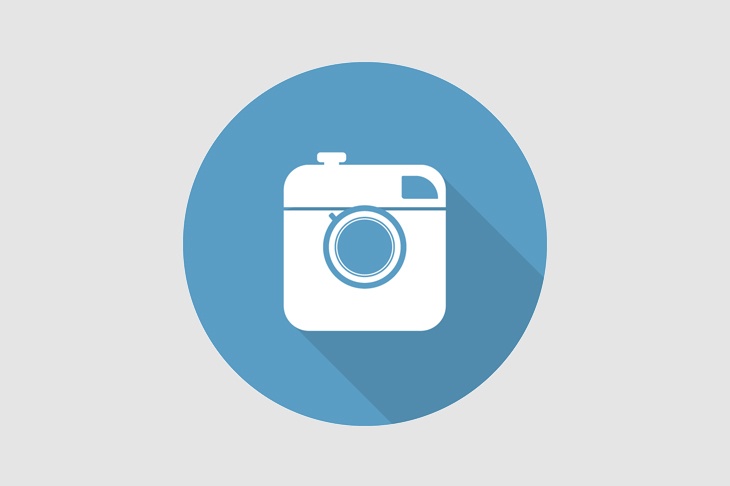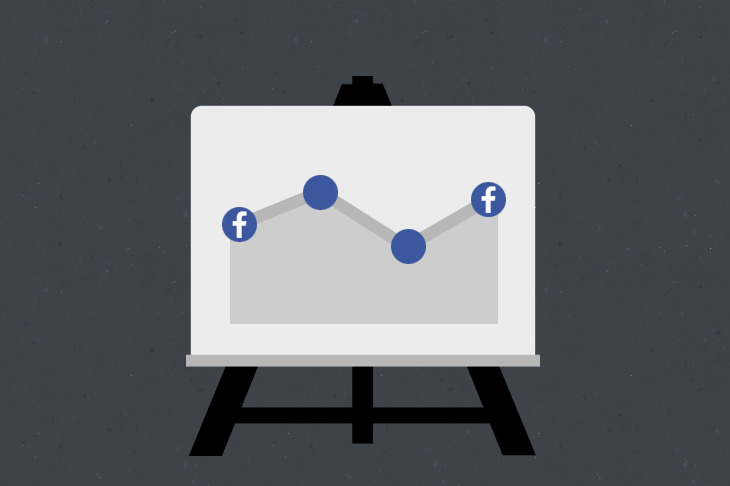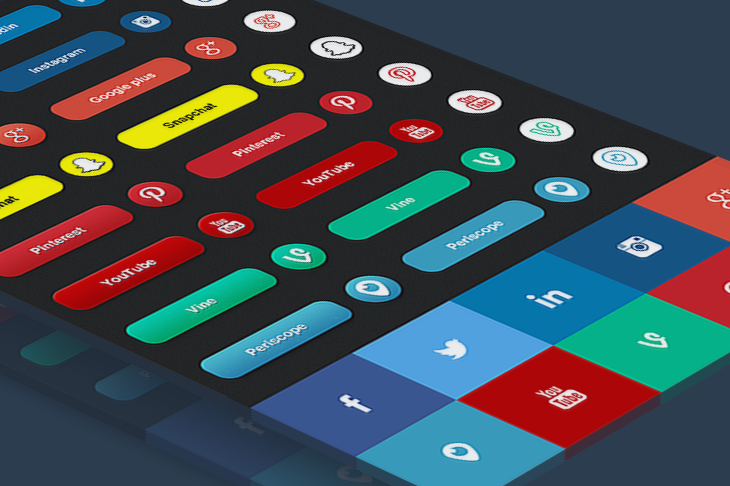
Get weekly
HubSpot updates
In case you haven’t heard, Instagram is starting to roll out an update to its timeline that will move away from reverse chronology towards a reordered feed based on the things you appear to like. With incredible predictability, this sent bloggers and brands into a frequently witnessed state of panic. Smartphones were thrown, tears were shed, thousands of posts telling you to turn on notifications were sent. However, as is the hallmark of the internet, much of this was hyperbole and overreaction, so what is really going on?
How Is Instagram Actually Going To Change?
One of the things that I find most frustrating is how many marketers jump on the “Death of Instagram” or ”Instagram is ruined forever” bandwagon without any hesitation and without a desire to understand what’s actually happening. You only have to look at the short blog post from Instagram themselves to learn that things aren’t really going to be changing much at all. In fact, you only really need to read one paragraph;
“The order of photos and videos in feeds will be based on the likelihood people will be interested in the content, their relationship with the person or business posting and the timeliness of the post. As we begin, we’re focusing on optimizing the order—all the posts will still be there, just in a different order.”
The first bit to note is;
“all the posts will still be there, just in a different order.”
Instagram aren’t filtering your feed. Nothing is being removed - it’s just being reordered. Why is that significant? Because many marketers are up in arms because they’re under the impression that their posts are suddenly going to drift into nothingness, never to be seen again - something that we have experienced on Facebook. However, when it comes to Instagram, that’s just not true.
What else is important?
“The order of photos and videos in feeds will be based on the likelihood people will be interested in the content, their relationship with the person or business posting and the timeliness of the post.”
From this we can see that Instagram are, unsurprisingly, following in the footsteps of their parent company, Facebook. The way the algorithm will work is, in essence, a simplified version of Facebook’s News Feed algorithm - it’s primarily based on your engagement history and relationship with the accounts you follow.
What do I mean by that? In short, the more you engage with a specific account (brand, blogger, photographer, friend etc.) the more likely content posted by that user will appear higher up in your timeline. So, if you regularly like and comment on your best friend’s posts, then it’s extremely likely that that person’s content will rank towards the top of your timeline. Conversely, if you follow a brand that you rarely ever like, comment or even spend much time looking at (known as dwell time) then the content posted by that user is likely to rank much lower down in your newly reordered feed.
Now that doesn’t sound too bad does it? The idea behind the algorithm is simple, make sure you can see the posts that matter to you because, as Instagram outline:
“…people miss on average 70 percent of their feeds”
With more and more content being posted every day it’s easy for your feed to get clogged up and for you to miss the important stuff.
This is also where it’s key to understand the impact of dwell time. For many people social media is all about browsing and not necessarily engaging. It’s about scrolling through their carefully curated feed to be intrigued, inspired or entertained, but not to like every post - or any post for that matter. Lots of people are happy just to stay “silent” and enjoy the content that others post and for many brands these people can make up a significant proportion of their audience.
For channels like Facebook, and now Twitter and Instagram, this also presents a problem - how do you account for those people who never give any explicit feedback and want to just remain “silent”. Facebook actually wrote a good blog post about this a while ago, detailing how they take into account the time you spend looking at or reading a post and how this influences your News Feed ranking. I think we can safely assume Instagram will be considering the amount of time a post spends on the screen of your smartphone, and therefore, the amount of time you’re spending reading it. The longer you spend looking at a post, the higher up content from that account will rank.
What about “timeliness”?
So we know that engagement - whether it be a like, comment, share or just the time you spend looking at it - as well as your relationship with the account have an influence, but what about “the timeliness” of the post”?
Again, we can look to Facebook for how this will likely influence Instagram’s algorithm. In another a blog post they outlined two key ways they consider “timeliness”:
- Factoring in trending topics
- Looking at the rate at which people are liking, commenting etc.
How does it work? Well for trending topics:
“One way we show timely content higher-up in News Feed is to show people stories about things that are trending as soon as they occur, so you can immediately know what your friends or favorite Pages are saying about the stories of the day. This means that when a friend or Page you are connected to posts about something that is currently a hot topic of conversation on Facebook, that post is more likely to appear higher up in News Feed, so you can see it sooner.”
And for engagement rate:
“If people are engaging with the post right after it is posted, and not as much a few hours later, this suggests that the post was most interesting at the time it was posted, but potentially less interesting at a later date. Based on this signal it is more likely to appear higher in News Feed earlier on and lower at a later date.”
Once again I think we can safely bet that Instagram’s new algorithm will function in a very similar way too.
And that’s that - that’s everything that’s going to be different, which is not much at all. For the vast majority of users, they won’t even notice the difference. How many times do you look at the little note that tells you exactly how long ago someone posted their picture? I’d hazard a guess at ‘rarely, if ever’. Of course, the rebellion against Instagram isn’t really being led by the general user base, as always it’s led by brands and marketers who resent the ever declining “organic reach” across every channel they operate on. If you are one of those marketers, keep an eye out for my next blog as I’ll be trying to calm your fears and explain why the era of the “news feed algorithm” and “the death of organic reach” is actually a good thing for everyone.

